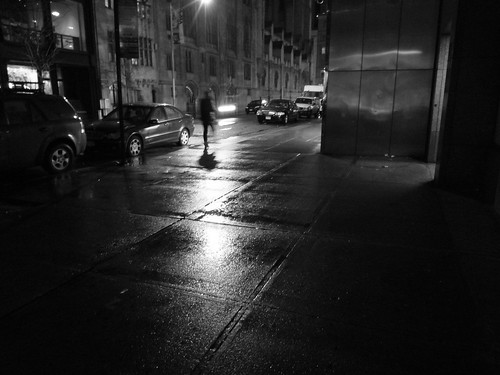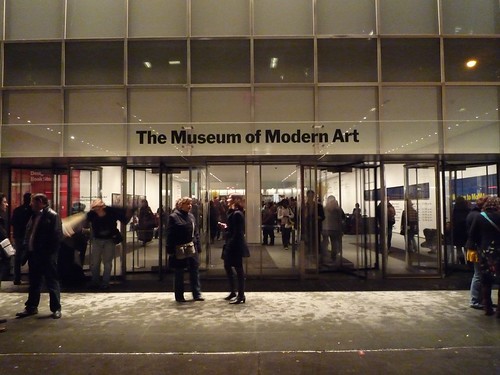
Metropolitan Museum of Art 5th Ave. at 82nd Street
Usually when you think about Renaissance Italian art you think about religious and mythological art, and more often than not art commissioned by the Catholic church. One of the things that's unusual about this show is that it consists solely of privately commissioned, primarily secular paintings and objects. There are a number of beautifully crafted wedding gifts and dowry objects from wealthy families, like jewelry and ceramics. There are also quite a few childbirth trays, which sound like something an obstetrician might use, but are actually wooden trays that have images painted on one or both sides and are used to commemorate a birth.
the paintings in the show are mostly portraits of couples on the eve or just after a wedding, or in some cases children, or parents and their children. The quality of these vary a bit, but there are some masterful works by big names like Lorenzo Lotto, Dominico Ghirlandaio, Bronzino, Georgione, Titian, and one amazing double portrait by Fillippo Lippi that may be the best thing in the show. There's also a strange and haunting painting of a woman from Loranzo Di Credi.
One gallery is dedicated to paintings commissioned to decorate the "camera" or bed chamber , which I guess was a common practice among rich horny people at the time. A lot of these works are not up to the same level as those in the rest of the show, but there is one Botticelli which is actually part of a larger series that's absolutely stunning.
A lot has been made of the erotic art in this show, but it's a relatively small part of the exhibition and fills only two rooms with prints and ceramics. It seemed to me a lot more comic than sensual, partly because most of the other works in the show uses images of flowers or fruit and vegetables as discreet symbols of fertility and sex, and it's pretty amusing to see in this section how those symbols are replaced with actual genitals. The other reason I thought it was funny is that "the renaissance" by definition is the rebirth of classical thought and culture, so you don't really think of crotch shots and giant dismembered penises. By today's standard these works are pretty tame though, so if you're looking for something Mapplethorpian you may be disappointed. Actually there are two wonderful Titian's in the last gallery that I thought were far more sensual than anything in the "erotic" section. These paintings seem somehow to magically turn paint into flesh through some wild libidinal alchemy. I'm not sure how he did it, but I guess that's why he's an old master.


